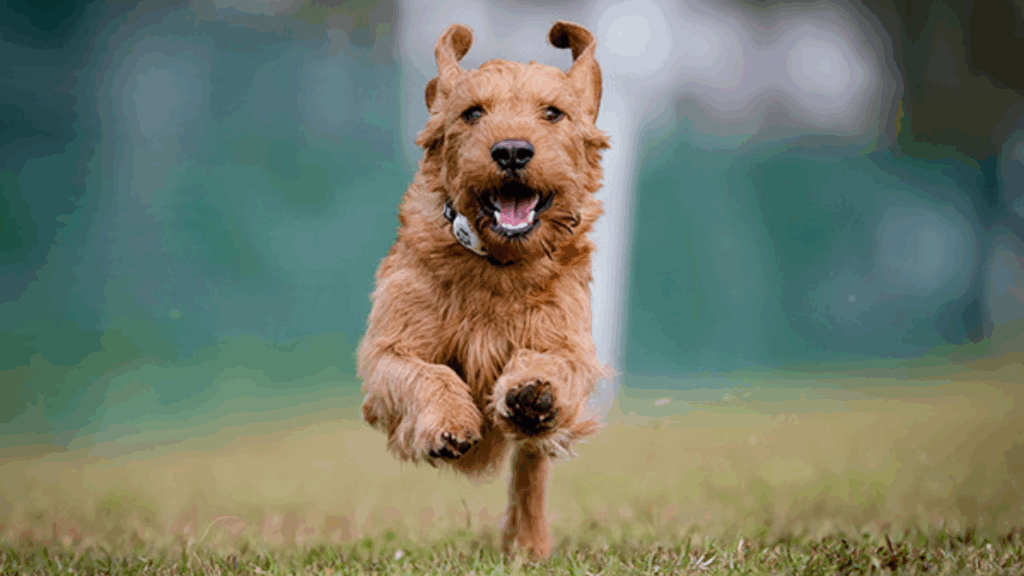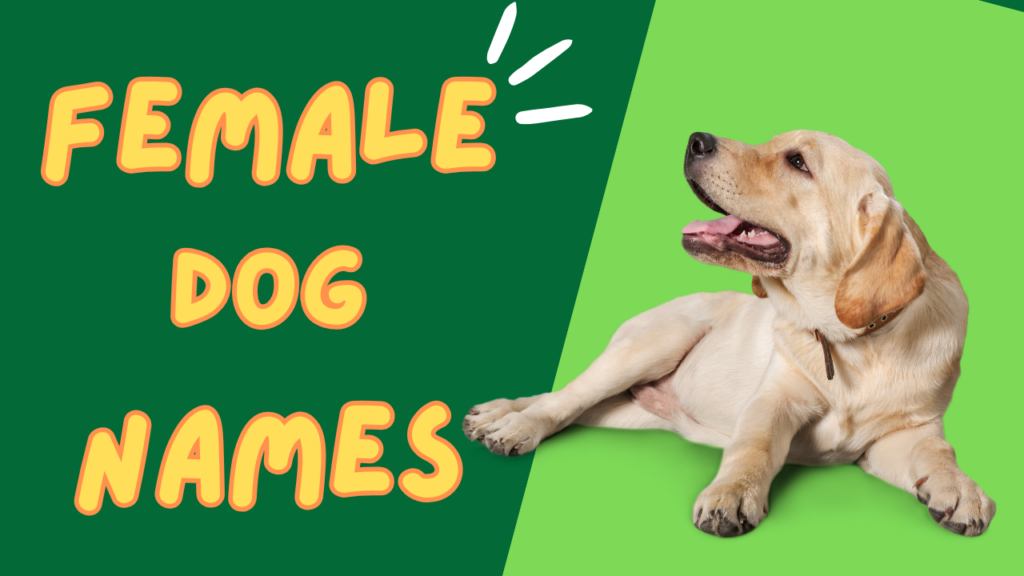The Griffon Fauve de Bretagne (Imp) is a medium-sized French scent hound known for its tenacity, high energy, and rustic charm. Originally developed to hunt in the dense forests of Brittany, France, this hardy breed has long served as a dependable companion to hunters and outdoor enthusiasts. Though still relatively rare outside of its homeland, the Griffon Fauve de Bretagne is gaining recognition for its loyalty, drive, and rugged appeal.
Origins and History
The Griffon Fauve de Bretagne traces its lineage back to the 13th century, making it one of the oldest French scent hounds still in existence. Originally, this breed was larger and used to hunt big game such as wolves and wild boar. Over time, as the need for large game hunting declined and wolves disappeared from much of France, the breed was selectively bred down in size to focus more on smaller game like foxes and hares.
This downsized version of the breed retained the courage, stamina, and persistence of its ancestors but became more versatile and manageable for hunters. The modern-day Griffon Fauve de Bretagne is the result of careful conservation efforts, particularly in the 20th century, when the breed was at risk of extinction. Breed enthusiasts helped to revive and maintain its working qualities while also making it a capable family dog.
The “Imp” label stands for “imported,” commonly used in breed listings when the dog is from outside the local or national registry, often emphasizing its European lineage.
Appearance: Rough-Coated and Robust
The Griffon Fauve de Bretagne has a distinctive shaggy, wiry coat that protects it from brambles and rough terrain. Its coat is most commonly a rich wheaten to red-fawn color, hence the name “fauve,” which translates to “tawny” in French.
This breed typically stands between 18 to 21 inches at the shoulder and weighs around 35 to 50 pounds, giving it a sturdy, athletic frame that’s well-suited to long days in the field. Its ears are medium-length and drop slightly, and its dark eyes give it a lively and intelligent expression.
The breed has a bushy tail, often carried upright when the dog is alert or in motion. Its overall look is rugged and practical, emphasizing function over flash—true to its working-dog heritage.
Personality and Temperament
Bred to work independently and with endurance, the Griffon Fauve de Bretagne is a driven and determined dog with a bold spirit. These dogs are known for their persistence on a scent trail and their loud, ringing bark—a hallmark of most French hunting breeds.
Despite their hunting roots, Griffon Fauves are loyal, sociable, and affectionate with their families. They form strong bonds and enjoy being part of household life, although they may show a stubborn streak. Early socialization helps them become well-adjusted, especially if they will be around children or other pets.
This breed tends to get along well with other dogs, especially when raised with them. However, due to their high prey drive, they may not be the best match for homes with small animals like rabbits or cats unless carefully introduced and supervised.
Exercise and Training
The Griffon Fauve de Bretagne has high energy levels and needs regular physical and mental stimulation. Long daily walks, off-leash play in a secure area, and scent-related games are all great ways to keep them satisfied. If not given enough to do, these dogs may become bored and destructive.
Training can be a challenge due to their independent nature. They are intelligent, but they were bred to think for themselves in the field. Consistent, patient training using positive reinforcement is key. They may require more repetition than some breeds to master commands, but with the right approach, they become cooperative and obedient.
Obedience training, scent work, and canine sports like mantrailing or tracking can help channel their natural instincts in a constructive way.
Grooming and Maintenance
The Griffon Fauve de Bretagne’s rough, wiry coat is relatively low-maintenance but still needs some care. Weekly brushing will help remove dead hair and prevent matting. Their coat doesn’t shed heavily, but seasonal changes may bring some increased shedding.
Baths are only needed occasionally, as their coat repels dirt well. Regular ear checks, nail trims, and dental care are essential parts of grooming. Their long ears can trap moisture and debris, so cleaning them regularly helps prevent infections.
Health and Lifespan
The Griffon Fauve de Bretagne is generally a healthy and robust breed, thanks to its practical breeding history. It typically enjoys a lifespan of 12 to 14 years. Like many active breeds, it can be prone to:
- Hip dysplasia
- Ear infections (due to floppy ears)
- Obesity (if under-exercised)
A balanced diet, regular exercise, and preventive veterinary care will help keep them in peak condition.
Is the Griffon Fauve de Bretagne Right for You?
If you’re an active individual or family looking for a hardy, loyal companion with a working dog’s drive and a family dog’s heart, the Griffon Fauve de Bretagne may be an excellent choice. This breed thrives in environments where it has space to roam and opportunities to use its nose and energy.
It’s not ideal for first-time dog owners or those living in apartments unless you’re fully prepared for their needs. But for those who appreciate a spirited, rustic companion, this breed offers endless loyalty and adventure.
Conclusion
The Griffon Fauve de Bretagne is a rugged, energetic breed steeped in history and bred for purpose. Whether in the field or at home, it brings a unique combination of drive, affection, and resilience. With the right environment and guidance, it can be a deeply rewarding companion for those who appreciate the outdoors and the spirit of the hunt.

Andy Parker is a dog lover, writer, and senior editor at BarkPicks. With years of experience covering canine health, training, and gear, he helps pet parents make smarter choices for happier, healthier dogs. Andy shares his home (and heart) with two rescue pups, Charlie and Mia.



